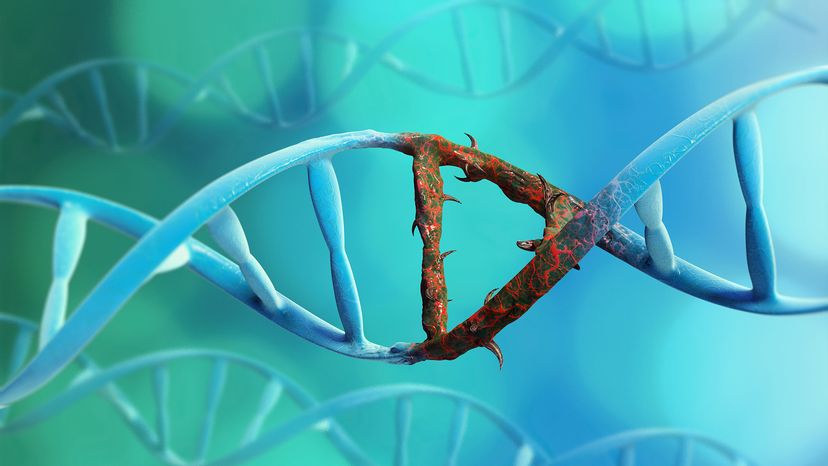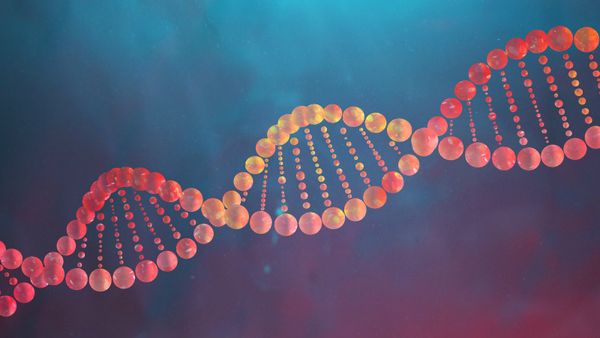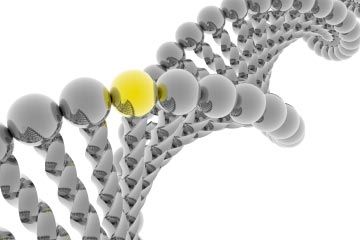Environmental factors play a significant role in inducing mutations. External physical agents, especially radiation, are powerful mutagens.
Radiation
Ultraviolet (UV) radiation, for instance, induces the formation of pyrimidine dimers, notably thymine dimers, that distort the DNA structure.
Pyrimidine dimers are like "sunburns" on DNA. They happen when two DNA building blocks, usually caused by UV light from the sun, stick together incorrectly. This "sticking" can interfere with the normal function of DNA.
X-rays and gamma rays can cause single- and double-strand breaks in DNA, yielding mutations such as deletions, insertions or translocations. Basically, this damage can lead to missing pieces, extra pieces or shuffled parts in our DNA, causing changes called mutations.
Chemical Factors
Chemical agents introduce another dimension of external mutations. Some chemicals, known as base analogues, mimic nucleotides and can be mistakenly incorporated into DNA, leading to incorrect pairing in subsequent replication cycles.
Some chemicals, like 5-Bromouracil, can trick our DNA and cause errors. Others, known as alkylating agents, stick extra parts onto our DNA, which can lead to mistakes.
Deaminating agents remove specific parts from our DNA, while chemicals like ethidium bromide slide between our DNA pieces, causing them to shift and change order. Harmful substances in cigarette smoke, like benzo[a]pyrene, can stick to our DNA and change its shape.
Biological Factors
Lastly, biological agents, such as viruses, might integrate their DNA into a host's genome, leading to mutations.
Environmental Foes
Extreme temperatures might boost mutation rates, and some foods or lifestyle habits, like smoking, expose individuals to mutagenic chemicals. However, mutations can also be caused by environmental foes.
Tobacco, ultraviolet light and other chemicals are all potential enemies of DNA. One way these hazards attack our genes is very sneaky: They have the ability to damage the chemicals making up DNA. For example, the mutagens like to swap the chemicals out or disguise one for another. This becomes a big deal when our DNA starts replicating itself because those chemicals don't behave correctly.


